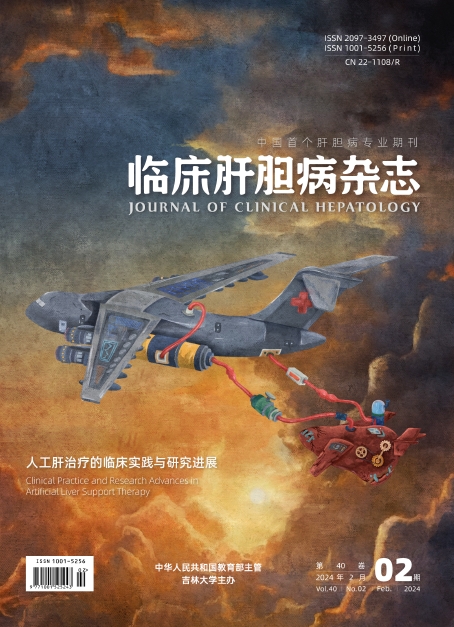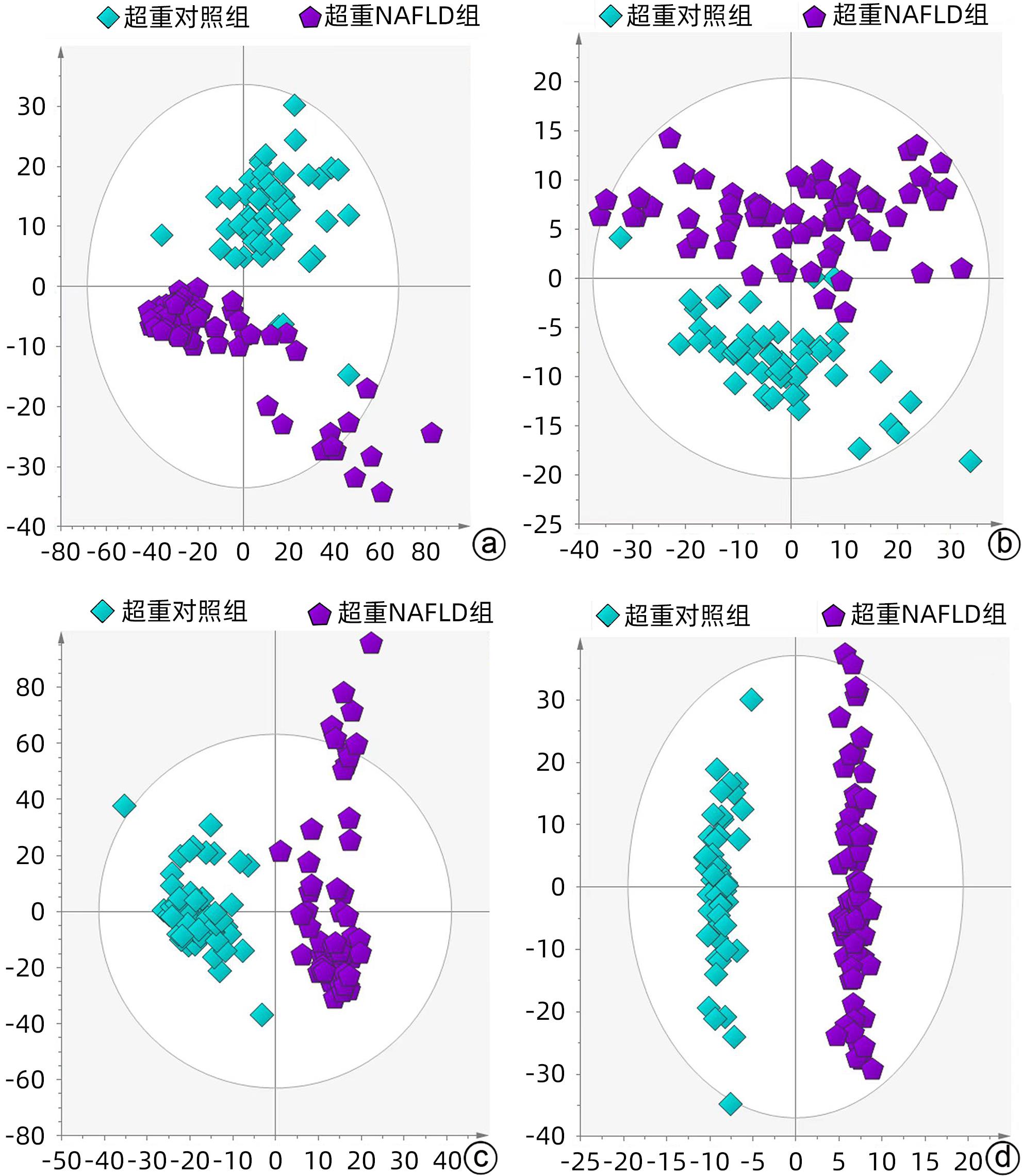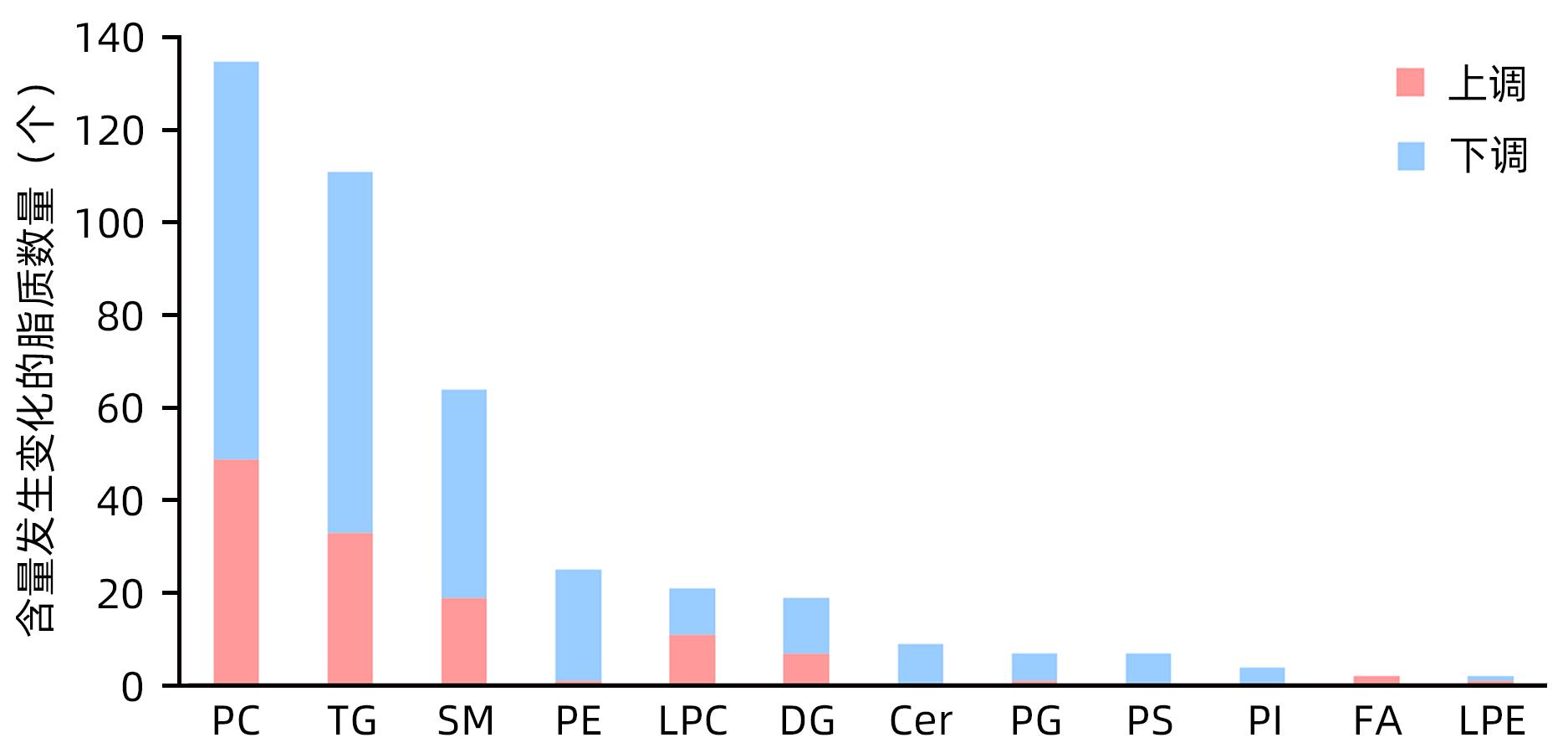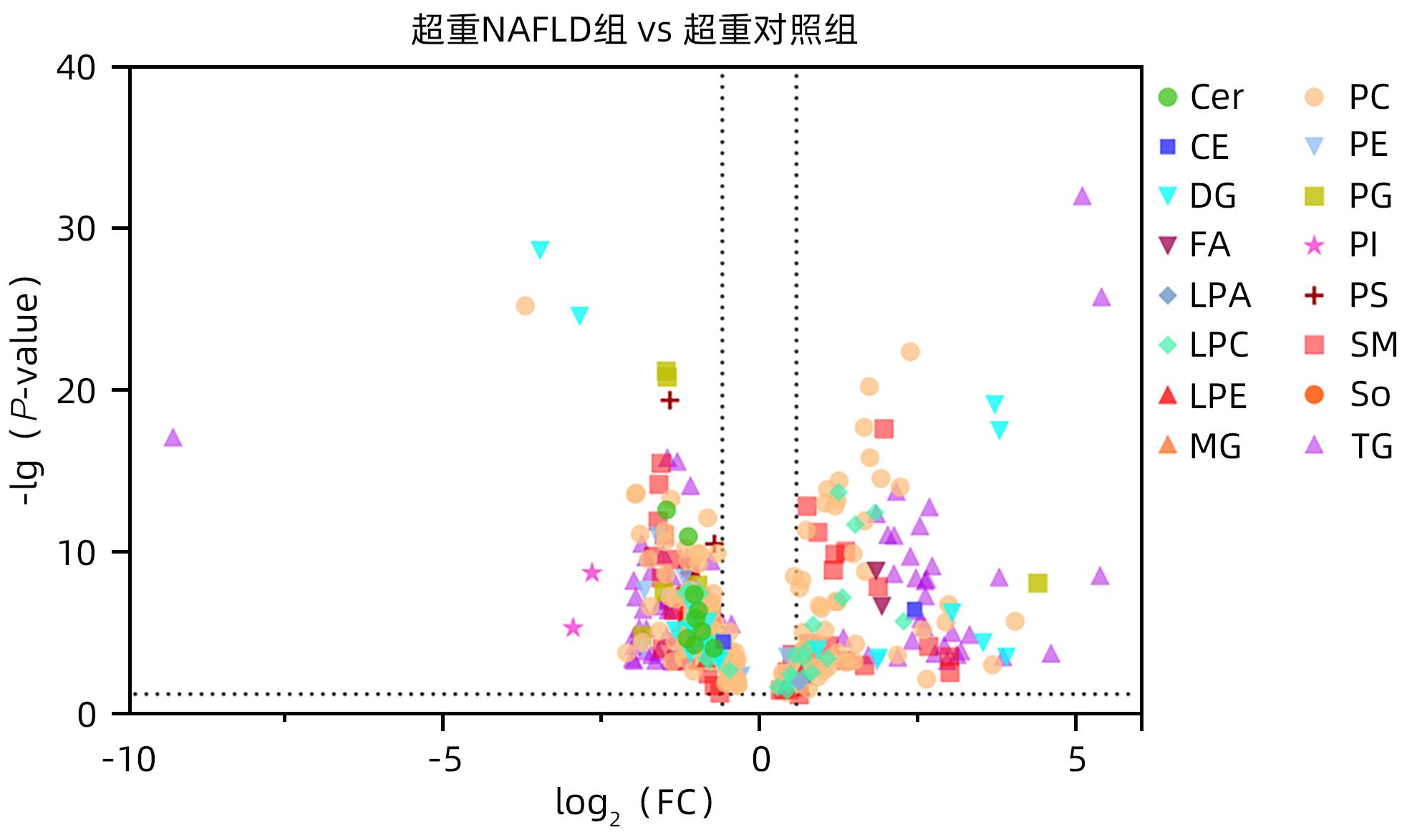| [1] |
LI L, LIU DW, YAN HY, et al. Obesity is an independent risk factor for non-alcoholic fatty liver disease: Evidence from a meta-analysis of 21 cohort studies[J]. Obes Rev, 2016, 17( 6): 510- 519. DOI: 10.1111/obr.12407. |
| [2] |
FAN JG, KIM SU, WONG VW. New trends on obesity and NAFLD in Asia[J]. J Hepatol, 2017, 67( 4): 862- 873. DOI: 10.1016/j.jhep.2017.06.003. |
| [3] |
IACOBINI C, PUGLIESE G, BLASETTI FANTAUZZI C, et al. Metabolically healthy versus metabolically unhealthy obesity[J]. Metabolism, 2019, 92: 51- 60. DOI: 10.1016/j.metabol.2018.11.009. |
| [4] |
OLIVEIRA DT, CHAVES-FILHO AB, YOSHINAGA MY, et al. Liver lipidome signature and metabolic pathways in nonalcoholic fatty liver disease induced by a high-sugar diet[J]. J Nutr Biochem, 2021, 87: 108519. DOI: 10.1016/j.jnutbio.2020.108519. |
| [5] |
MASOODI M, GASTALDELLI A, HYÖTYLÄINEN T, et al. Metabolomics and lipidomics in NAFLD: Biomarkers and non-invasive diagnostic tests[J]. Nat Rev Gastroenterol Hepatol, 2021, 18( 12): 835- 856. DOI: 10.1038/s41575-021-00502-9. |
| [6] |
TIAN JY, DU SN, GAO JJ, et al. Study on serum lipidomics of non-alcoholic fatty liver disease patients based on UPLC-Q-Orbitrap/MS technology[J]. China Med Herald, 2022, 19( 19): 5- 11.
田继云, 杜晟楠, 高静静, 等. 基于UPLC-Q-Orbitrap/MS技术对非酒精性脂肪性肝病患者的血清脂质组学研究[J]. 中国医药导报, 2022, 19( 19): 5- 11.
|
| [7] |
ESLAM M, SARIN SK, WONG VW, et al. The Asian Pacific Association for the Study of the Liver clinical practice guidelines for the diagnosis and management of metabolic associated fatty liver disease[J]. Hepatol Int, 2020, 14( 6): 889- 919. DOI: 10.1007/s12072-020-10094-2. |
| [8] |
National Workshop on Fatty Liver and Alcoholic Liver Disease, Chinese Society of Hepatology, Chinese Medical Association; Fatty Liver Expert Committee, Chinese Medical Doctor Association. Guidelines of prevention and treatment for nonalcoholic fatty liver disease: A 2018 update[J]. J Clin Hepatol, 2018, 34( 5): 947- 957. DOI: 10.3969/j.issn.1001-5256.2018.05.007. |
| [9] |
DING QP, ZHOU YB, ZHANG S, et al. Association between hemoglobin levels and non-alcoholic fatty liver disease in patients with young-onset type 2 diabetes mellitus[J]. Endocr J, 2020, 67( 11): 1139- 1146. DOI: 10.1507/endocrj.EJ20-0071. |
| [10] |
LI GL, HU H, SHI W, et al. Elevated hematocrit in nonalcoholic fatty liver disease: A potential cause for the increased risk of cardiovascular disease?[J]. Clin Hemorheol Microcirc, 2012, 51( 1): 59- 68. DOI: 10.3233/CH-2011-1509. |
| [11] |
JIANG YZ, ZENG J, CHEN B. Hemoglobin combined with triglyceride and ferritin in predicting non-alcoholic fatty liver[J]. J Gastroenterol Hepatol, 2014, 29( 7): 1508- 1514. DOI: 10.1111/jgh.12580. |
| [12] |
KIM K, KANG K, SHEOL H, et al. The association between serum uric acid levels and 10-year cardiovascular disease risk in non-alcoholic fatty liver disease patients[J]. Int J Environ Res Public Health, 2022, 19( 3): 1042. DOI: 10.3390/ijerph19031042. |
| [13] |
ZHOU MM, YANG N, XING X, et al. Obesity interacts with hyperuricemia on the severity of non-alcoholic fatty liver disease[J]. BMC Gastroenterol, 2021, 21( 1): 43. DOI: 10.1186/s12876-021-01615-w. |
| [14] |
SOUZA-MELLO V, GREGÓRIO BM, CARDOSO-DE-LEMOS FS, et al. Comparative effects of telmisartan, sitagliptin and metformin alone or in combination on obesity, insulin resistance, and liver and pancreas remodelling in C57BL/6 mice fed on a very high-fat diet[J]. Clin Sci(Lond), 2010, 119( 6): 239- 250. DOI: 10.1042/CS20100061. |
| [15] |
GAGGINI M, MORELLI M, BUZZIGOLI E, et al. Non-alcoholic fatty liver disease(NAFLD) and its connection with insulin resistance, dyslipidemia, atherosclerosis and coronary heart disease[J]. Nutrients, 2013, 5( 5): 1544- 1560. DOI: 10.3390/nu5051544. |
| [16] |
WANG TY, WANG RF, BU ZY, et al. Association of metabolic dysfunction-associated fatty liver disease with kidney disease[J]. Nat Rev Nephrol, 2022, 18( 4): 259- 268. DOI: 10.1038/s41581-021-00519-y. |
| [17] |
TONG C, LI YN, GU D, et al. The association between obesity measurement indices and nonalcoholic fatty liver disease[J]. J Clin Hepatol, 2021, 37( 10): 2465- 2468. DOI: 10.3969/j.issn.1001-5256.2021.10.044. |
| [18] |
WANG WT, REN JP, ZHOU WZ, et al. Lean non-alcoholic fatty liver disease(Lean-NAFLD) and the development of metabolic syndrome: A retrospective study[J]. Sci Rep, 2022, 12( 1): 10977. DOI: 10.1038/s41598-022-14701-0. |
| [19] |
MOCCIARO G, ALLISON M, JENKINS B, et al. Non-alcoholic fatty liver disease is characterised by a reduced polyunsaturated fatty acid transport via free fatty acids and high-density lipoproteins(HDL)[J]. Mol Metab, 2023, 73: 101728. DOI: 10.1016/j.molmet.2023.101728. |
| [20] |
BARR J, CABALLERÍA J, MARTÍNEZ-ARRANZ I, et al. Obesity-dependent metabolic signatures associated with nonalcoholic fatty liver disease progression[J]. J Proteome Res, 2012, 11( 4): 2521- 2532. DOI: 10.1021/pr201223p. |
| [21] |
OREŠIČ M, HYÖTYLÄINEN T, KOTRONEN A, et al. Prediction of non-alcoholic fatty-liver disease and liver fat content by serum molecular lipids[J]. Diabetologia, 2013, 56( 10): 2266- 2274. DOI: 10.1007/s00125-013-2981-2. |
| [22] |
DONNELLY KL, SMITH CI, SCHWARZENBERG SJ, et al. Sources of fatty acids stored in liver and secreted via lipoproteins in patients with nonalcoholic fatty liver disease[J]. J Clin Invest, 2005, 115( 5): 1343- 1351. DOI: 10.1172/JCI23621. |
| [23] |
SHIMOMURA I, BASHMAKOV Y, HORTON JD. Increased levels of nuclear SREBP-1c associated with fatty livers in two mouse models of diabetes mellitus[J]. J Biol Chem, 1999, 274( 42): 30028- 30032. DOI: 10.1074/jbc.274.42.30028. |








 DownLoad:
DownLoad:



